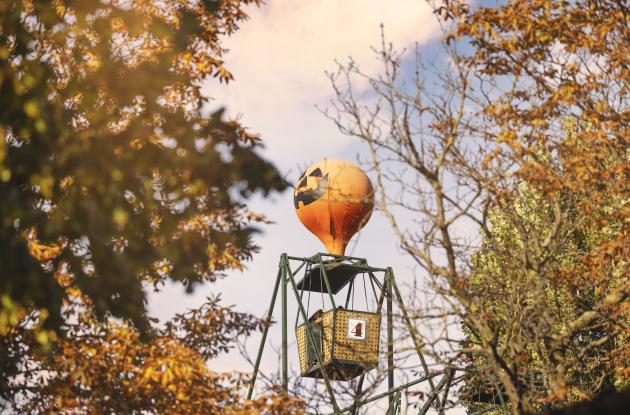Halloween
There are ghosts, witches, zombies and scary villains in the streets. It's Halloween, the day when darkness is welcomed and celebrated. Here we shed light on the tradition's long journey to Denmark.
In the early 90s, as autumn set in, Danish newspapers reported on a special celebration that attracted the attention of both children and adults around the country. It was a event that came all the way from America. Pumpkins were given strange faces and people dressed up in colourful costumes. It was Halloween that slowly began to find its place in the hearts of Danes.
““Pumpkins were the center of attention when a group of Danish children celebrated Halloween yesterday. At the Newport restaurant in Hellerup, the dressed up children had fun carving pumpkins into jack-o'-lanterns.
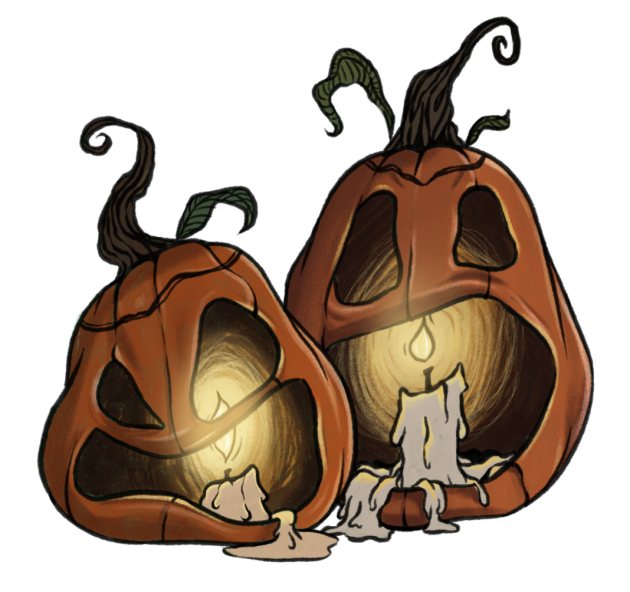
Photo: Det Kgl. Bibliotek
But the holiday was still foreign for a while yet. Every year, as the end of October approached, newspapers reported on witches, ghosts and vampires on the streets and cobwebs in every corner on the other side of the Atlantic. For foreigners, it could be a spooky experience to get acquainted with North American society in the month of October.
It wasn't until the end of the decade that Halloween really took hold in Denmark. Like many other recent traditions and celebrations, the holiday was imported via North American pop culture. But Halloween originally has its roots in a much older history and consists of elements from both Christianity and old Northern European beliefs.

Photo: Keld Helmer-Petersen (1920-2013)
A pagan beginning
We find the first celebrations of what would later become Halloween very far back in history, namely in Irish folklore.
The pre-Christian Celts of Ireland celebrated a great feast called Samhain, which lasted several days in early November. Samhain was both a celebration of finishing the harvest and a celebration of the end of summer and the beginning of winter.
The Celts believed that those who had died during the year travelled to the realm of the dead under Samhain. The dead were thus particularly active these days and moved like spirits among the living. The light from a bonfire helped keep the evil spirits of the past away, which is why fire was an important part of the original tradition.
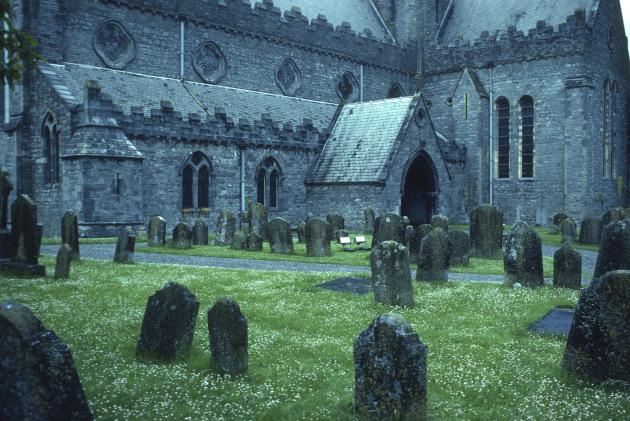
Photo: Keld Helmer-Petersen (1920-2013)
When the Celtic territories became Christian around the year 500, the church took over the holiday. Now the day was to remind the people of all the Christian martyrs and saints. Gone were the tales of witches, trolls, and evil spirits.
The day was no longer allowed its pagan name, Samhain. Instead, the day should have a Christian name, that being 'All Hallow Even'. It eventually became the more idiomatic word we know today: Halloween.
Across the Atlantic and back again
In the mid-1800s, about two million Irish people fled to America due to famine. They brought their traditions with them, including Halloween.
Since then, the custom has spread and developed. Today, it is one of the biggest holidays in North America. Today, the evening is celebrated almost like a carnival with dressing up in terrifying costumes, creepy door decorations, fireworks and pranks. And so it is the North American version, which has since spread to Denmark and many other countries.
““Although the North American celebration of Halloween may seem far removed from the Celtic Samhain, there are still some clear similarities. We find this in the contrast between darkness and light, among other things. Although we no longer light bonfires, lights in the form of Jack-O'Lanterns are still an important part of the tradition.
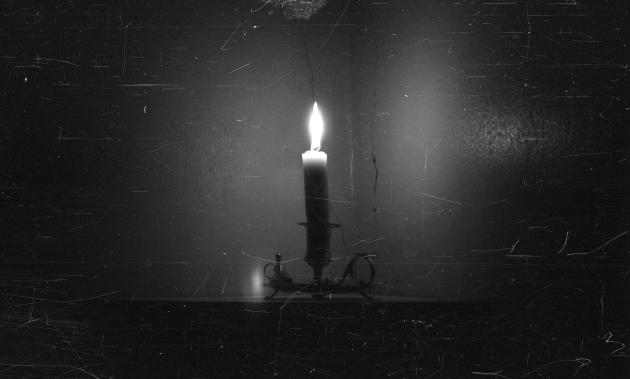
Photo: Keld Helmer-Petersen (1920-2013)
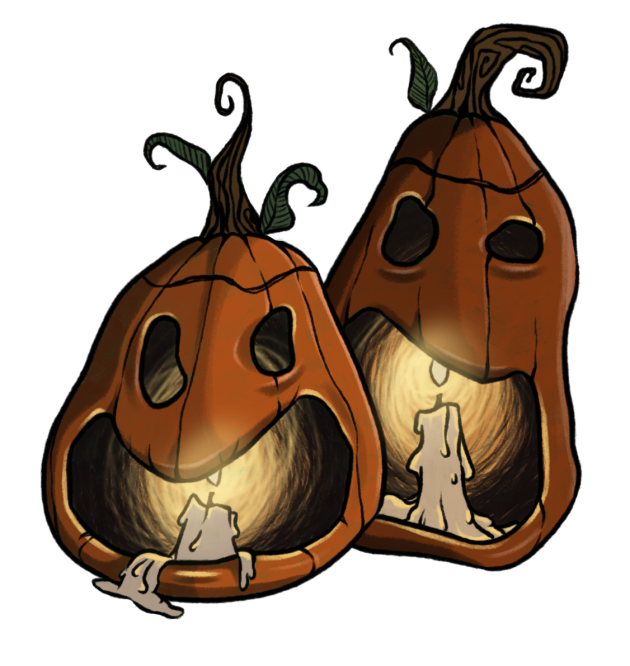
Photo: Det Kgl. Bibliotek
Why do we carve pumpkins for Halloween?
In Denmark, carved Jack-O'Lanterns on doorsteps have become a common sight in the weeks before Halloween. But the tradition is actually much older than that. There are records from the past 100 years from various Danish regions that tell of placing a Jack-O'Lantern with a spooky face in a place where it could scare others.
In England, Scotland and Ireland, there has long been a tradition of hollowing out different kinds of beets and using them as lanterns. In 1837, the term "Jack-O'Lantern" was first seen used about a lantern carved in a vegetable - not in the British Isles, but in North America. It is also in the United States that the combination of Halloween and a hollowed out pumpkin appears in 1866.
Yet many associate the luminous pumpkin head with Ireland. This is due to the Irish legend that tells of Jack, a lazy and cursing drunkard of a farmer. There are different versions of the legend, but in all versions Jack succeeds in fooling the Devil himself. They make a deal that the Devil must not tempt Jack or demand his soul.
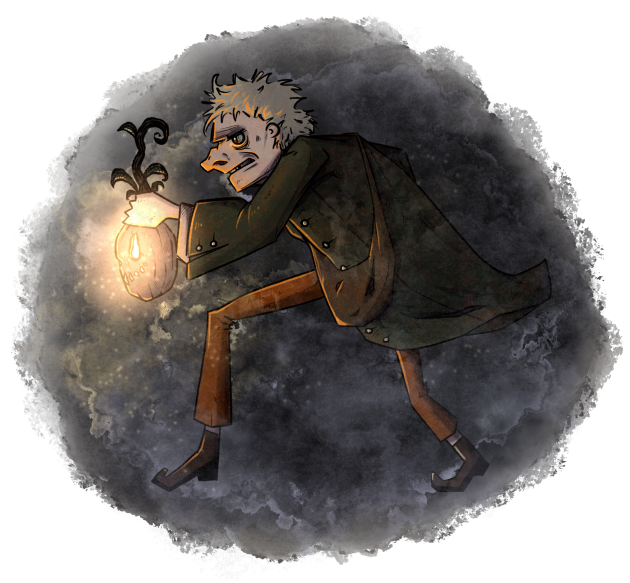
Photo: Det Kgl. Bibliotek
When Jack dies, he, with his non-pious way of life, cannot enter Heaven. Since he has fooled the Devil himself, he cannot enter the gates of Hell either. Instead, he receives from the Devil a small piece of glowing coal, which can light the way for him on his journey back to Earth. In order for the glowing piece of coal to last as long as possible, Jack puts it into a turnip, and with the light from the lantern, he now wanders restlessly in the darkness between Heaven and Hell.
Old traditions in new clothes
Just 20 years ago, many predicted that Halloween would not have a long life in Denmark.
At that time, the perception was that a new tradition like Halloween was a commercial invention - an excuse for businesses to sell more. The Danish business community has also been instrumental in making Halloween so popular in Denmark. But more is needed for a new tradition to take root among us. We must have the desire, the energy, and the means to do so, and we must be able to use a new custom for something. Otherwise, it will never become so popular that it can survive in the long run.
Halloween falls at a time of year when there aren't many established Danish holidays or traditions to compete with. On top of that, Denmark is located at a latitude where the contrast between the bright nights of summer and the darkness of winter is particularly pronounced. Halloween might fit in very well here.
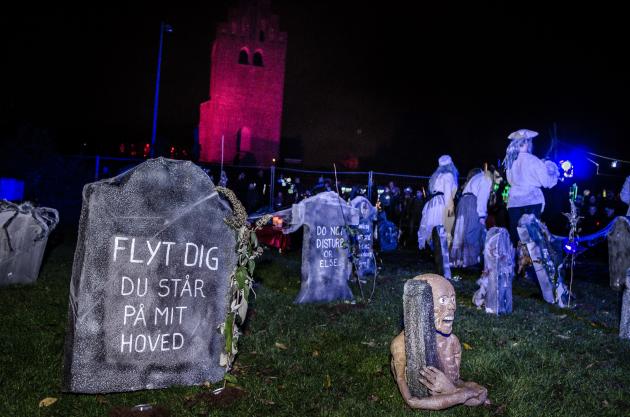
Photo: Line Beck
How do we know this?
The Folklore Archive in Royal Danish Library contains several hundred years of documentation of people's daily lives in Denmark. We have large collections of memories, fairy tales and legends as well as documentation of traditions and folk culture from all over the country. The collection's researchers and archivists work with everyday culture. In the past, people were particularly interested in the country's culture, but today the culture of all population groups is of interest, and our employees work with both historical and contemporary conditions. In contrast to museums, we focus particularly on oral and written stories and traditions.
